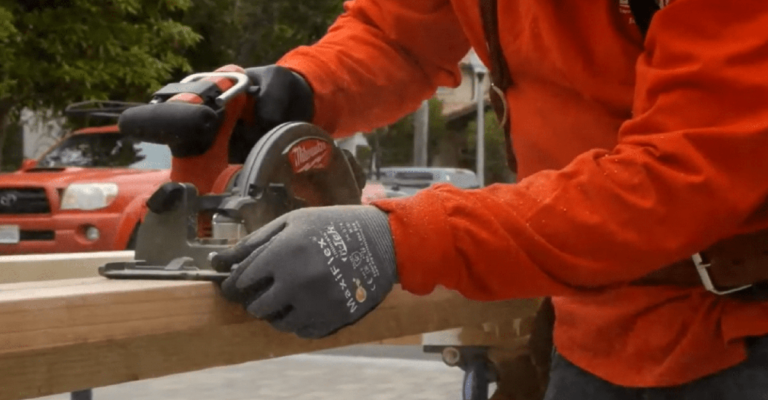1. Introduction
Wood is timeless, versatile, and beloved but it’s also sensitive to its environment. Warping isn’t just unsightly it can undermine structural integrity, increase maintenance costs, and shorten a product’s lifespan. Whether it’s a bowed floorboard, a twisted deck plank, or a cupped table top, understanding wood warping is essential for every homeowner, craftsman, or DIY enthusiast.
2. What Is Wood Warping?
Warping occurs when wood deviates from flatness due to internal stresses, usually triggered by uneven moisture exchange. It’s not rigid wood is hygroscopic and will absorb or release moisture until it reaches equilibrium with its surroundings.
Common warp types include:
-
Bow: A gentle, lengthwise curve across the face of a board.
-
Crook: One edge curves lengthwise, while the opposite remains straight.
-
Cup: Edges rise as the center dips (concave) or vice versa.
-
Twist (or wind): Corners of the board twist out of plane, often spiral-like.
-
Kink: A sharp, localized bend along the board’s length.
3. Why Wood Warps: Underlying Causes
-
Moisture fluctuations: Wood expands above ~20% moisture and contracts below ~6%, causing distortion when uneven.
-
Uneven drying: Rapid surface drying versus slow core drying produces internal stress and warping.Lumber and grain factors: Flat-sawn lumber warps more than quarter-sawn; species density and growth ring width also play a role.
-
Environmental exposure: High humidity, UV rays, temperature shifts, and poor airflow contribute significantly.
4. Real-World Examples & Impact
-
Hardwood floors: Excess moisture, poor sealing, or improper installation can lead to buckling, cupping, or peaking, making surfaces uneven or unstable.
-
Pallet deformation: Warped pallets compromise load stability, disrupt automated systems, and pose safety risks—prompting operational inefficiencies and increased costs.
-
Industry consequences: While precise figures are hard to nail down, global timber industries suffer significant financial losses annually due to warping and related damage.
5. Prevention Strategies (Step-by-Step)
a. Proper Drying & Acclimation
-
Ensure kiln-dried lumber falls within 6-8% moisture before use.
-
Monitor shell and core moisture during drying to avoid imbalances.
-
Acclimate wood in your workspace with HVAC systems running for at least 24 hours.
b. Smart Storage
-
Store boards flat in a dry, ventilated space; use spacers (“stickers”) and weights to keep boards straight.
-
Shield from direct sunlight and ground moisture to prevent uneven drying or absorption.
c. Thoughtful Installation & Finishing
-
Allow expansion gaps during installation to accommodate seasonal changes especially for flooring
-
Apply protective finishes (like polyurethane, epoxy, or oil sealants) to both surfaces and edges to reduce moisture penetration
d. Routine Maintenance
-
Wipe spills immediately and monitor appliances for leaks to prevent long-term moisture exposure .
-
Keep indoor humidity between 30–50% using dehumidifiers or climate control.
6. Fixing Warped Wood: Techniques & Case Studies
a. Compression + Moisture + Clamping
Wood researcher Bob Flexner and others have successfully flattened warped boards by soaking and clamping them flat until fully dry . Steps:
-
Position the board with its bowed side up.
-
Wet it thoroughly to expand fibers.
-
Clamp it flat and let it dry slowly over days or even months.
-
Optional: add heat or weight to aid flattening.
This method often yields long-term improvement.
b. Traditional Methods
-
Steam/Iron: Apply steam to the concave side and clamp flat, though results may be inconsistent
-
Sunlight and weights: For mild cupping, laying the board concave side down on sun-drenched, dewy grass and weighting can help flatten it naturally
c. Refinish or Replace
-
Light cupping may be corrected via light sanding and refinishing.
-
Severe buckling or structural twists often demand board replacement.
7. Expert Tips & Troubleshooting
-
Use moisture meters to measure moisture before, during, and after treatment.
-
Observe local conditions: Basements, bathrooms, or crawl spaces often have high humidity or hidden leaks causing warping.
-
Selective species choice: Dense, straight-grained species like cedar, fir, or redwood offer better stability.
8. Pros & Cons: DIY vs. Professional Repair
| Approach | Pros | Cons |
|---|---|---|
| DIY Fixing Methods | Low cost, satisfying, useful for mild warps | Labor-intensive; not guaranteed; risky for complex warps |
| Professional Help | Reliable, can assess structural causes | More expensive, but often more durable and seamless |
9. FAQ Section
(See the final FAQs section below.)
10. Conclusion
Wood warping is a common yet manageable challenge. By understanding the causes from moisture imbalance to environmental stress taking preventive actions like proper drying, storage, installation, and finishing, you can preserve both the beauty and function of your wood products. When warping inevitably occurs, smart DIY techniques or timely professional intervention can restore integrity. Remember: proactive care today saves headaches tomorrow.
Final FAQs
Q1: Can warped wood always be fixed?
Not always. Mild issues like cupping or slight bowing can sometimes be corrected using moisture, heat, and clamping techniques. Severe or complex warps might require replacement.
Q2: What’s the best way to prevent warping in hardwood floors?
Ensure proper kiln drying, allow the wood to acclimate to the site, install with expansion gaps, apply sealants, control humidity (30–50%), and clean up spills immediately.
Q3: Which wood species resist warping the most?
Dense, straight-grained woods such as cedar, fir, and redwood are more dimensionally stable. Quarter-sawn lumber also tends to warp less than flat-sawn counterparts.
Q4: How long should wood acclimate before installation?
At least 24 hours in the installation environment with normal HVAC conditions. The goal is equilibrium between wood moisture content and ambient relative humidity.
Q5: Can finishing both sides of a board prevent warping?
Yes. Applying a consistent finish on all exposed faces and edges helps reduce uneven moisture absorption and mitigates warping risk.
